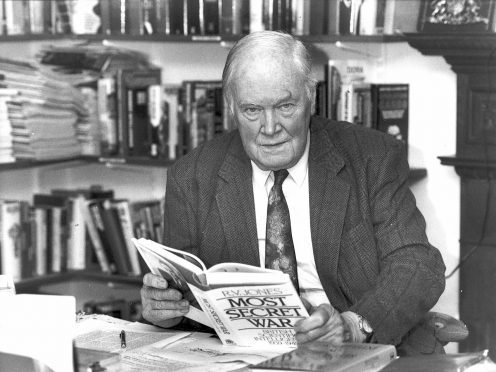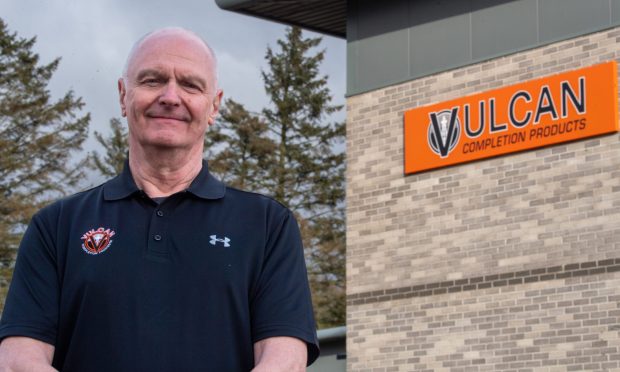The fascinating life of an Aberdeen-based scientist credited with saving thousands of lives by diverting Hitler’s infamous V2 rockets will be explored in a TV documentary this week.
Professor Reginald V Jones was the MI6 scientific adviser who devised the plan that ensured the majority of the deadly ordnance targeting London did not hit their targets.
The ingenious scheme was accomplished by making captured German agents send back misleading reports to the Nazi high command, causing the Germans to recalibrate their aiming of the missiles.
It is estimated this saved the lives of more than 11,000 Londoners.
Born in the capital in 1911, Prof Jones was educated at Alleyn’s School, Dulwich and Wadham College, Oxford where he studied Natural Sciences – meeting Albert Einstein during his tenure.
In 1936, Jones took up the post at the Royal Aircraft Establishment, Farnborough, a part of the Air Ministry.
In September 1939, the British decided to assign a scientist to the Intelligence section of the Air Ministry.
He developed the practice of intercepting beams transmitted by the Germans redirecting the bombers away from highly populated areas.
This earned him the respect of Churchill who nicknamed him “the beam bender”.
Later he discovered that by dropping strips of tin foil into the night skies the accuracy of German radar was severely hit.
But his work serving as a V2 rocket expert on the cabinet defence committee was perhaps where the academic saved the most lives.
Here he headed a German long range weapons targeting deception under the Double Cross System – believed to have saved thousands.
In 1946, the father-of-three was appointed to the Chair of Natural Philosophy at Aberdeen University, which he held until his retirement in 1981.
During his time at Aberdeen, much of his attention was devoted to improving the sensitivity of scientific instruments such as seismometers, capacitance micrometers, microbarographs and optical levers.
He lived out his remaining years in the Aberdeen area, and in 1993 the CIA created the RV Jones Intelligence Award to honour those who scientific achievements mirrored his own.
He died in 1997 and is buried in Corgraff Cemetery, Strathdon.
The documentary, Hitler’s Space Rocket, will be shown on Yesterday on Saturday at 7pm.










